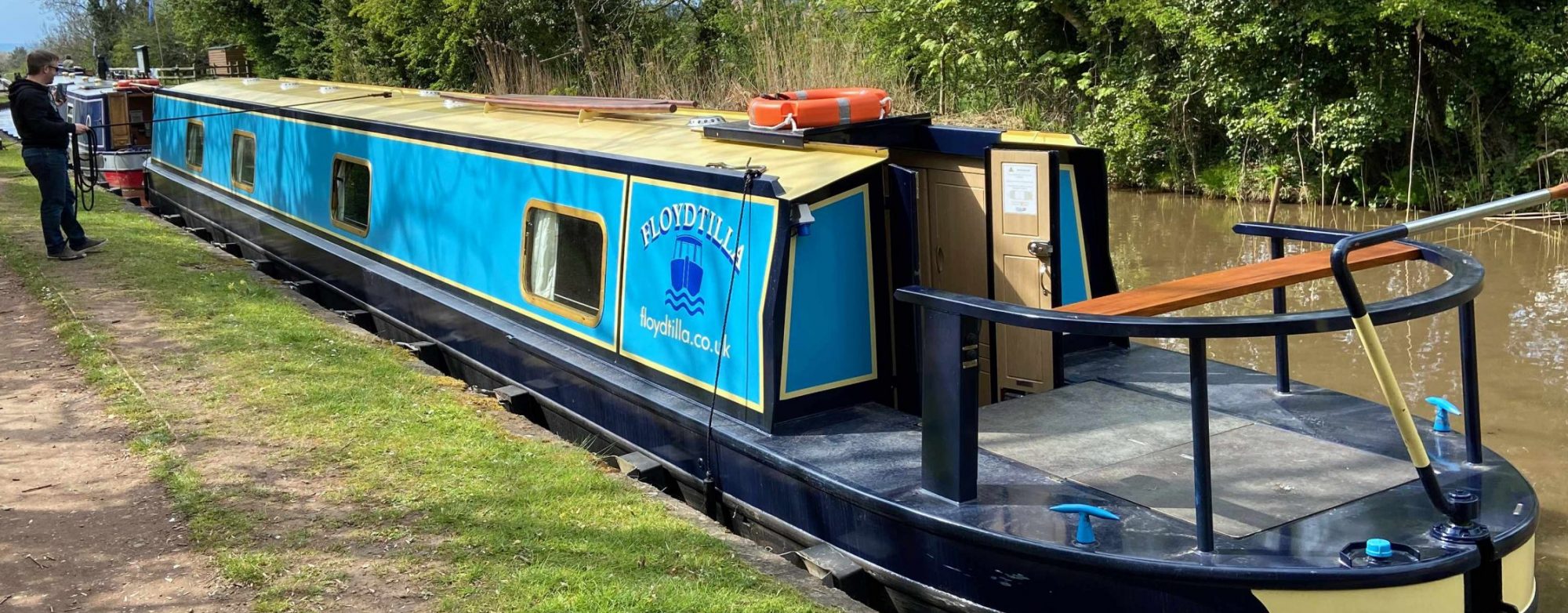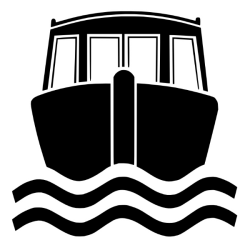I have been looking for a digital thermostat programmer for use on the boat and while browsing eBay I found a Heatmiser neo Stat 12V V2 for auction, that seemed a little cheap so I put a bid on it at up to £20, in the end it cost me just £20.57 including delivery and buyers protection.
 |
The 12v version is rare on eBay and when I see them they are going at about £50+ and new they are over £75. Things I liked about the Heatmiser neo Stat 12V V2 was its ability to add control over the internet with a neoHub at a later date ( I did check the neoHub uses a 240v to 12V wall adapter, so should be no problem being adapted for the boat). |
The heating control options also seem to cover most of the eventualities I could foresee including Weekday/Weekend and 7 individual day timing options, multiple (4) daily settings (they call them comfort levels) as well as 24 hours mode (good for us retired boaters, as weekend don’t have the same meaning anymore) and finally a non-programmable option where I can use this just like a basic old style thermostat and just set a temperature as I need it.
The only option that did not suit that well was the Frost Thermostat option which only goes down as low as 7° which on our boat we would like to be closer to 1-2° so we don’t waste to much diesel in the winter.
What we have now
At present we have two older style mechanical thermostats and the original push pull heating switch that Black Prince use. We fitted the thermostats as a quick and dirty upgrade, they are both mechanical devices one where you rotate a dial to the temperature you require, the other is our Frost Thermostat, which can be set to very low temperatures. The plan is to keep the original frost thermostat which we will continue to use.
When I installed them I added switch to enable me to be able to select if they are connected.
The biggest problem was that these thermostats where installed near the back door, which is OK for the Frost Thermostat, but for the Heating Thermostat that was probably the coldest place on the boat, so the heating could be on and the main cabin area would be 20°+ degrees, but the Thermostat was reading just 17°-18°.
The New Install
The first job was to find a place on the wall at approx head hight that would not be easy to walk into (in a house not normally a problem, but canal boat walls lean in) while also being away from radiators and not in direct sun light. Having found what looks like the perfect place. I had already picked up a Appleby 1-Gang Dry Lining Knockout 35mm deep wallbox, so I used the back of this to mark a square on the wall ready to cut out.
Behind the wall covering was a plywood sheet and behind that was a 35mm approx polystyrene layer, unfortunately or fortunately there was a metal box section just above the hole, making it impossible to push the wire up to the ceiling , so we cut a line in the wall covering and peeled it back then cut a slot in the plywood over the steel box section for the wire to pass over.
The wire we are using is a White PVC four core 1mm2 from Screw Fix as we have polystyrene insulation we need to cover the PVC wire, as the plasticizer in the PVC can react with the insulation hardening the PVC causing it to become brittle and crack. We used clear packing tape to do this.
Wiring up the Heatmiser neo Stat 12V V2
We need to supply the Heatmiser neo Stat 12V V2 with a 12v supply to the + and – terminals and then also the from the A2 terminal we return the “Call for Heat” signal to the Eberspacher D4W Hydronic On/Off control.

The Brown wire in 12V also feeds the A1 terminal which is one side of the ‘Call for Heat’ relay, then the Black wire in the 0V and finally the Grey wire will supply 12V back to the Eberspacher when the Heatmiser calls for heat.

Now this all worked perfectly when I wired it all up, but come the morning and we had no heat, the Heatmiser was working displaying as normal and calling for heat, but nothing was happening, when I pulled the original heating on button, the heating fired up…
What is going wrong?
So what I think was happening is the extension of the cables from the services cupboard to the Heatmiser even with the 1mm2 cables combined with some Voltage drop on the leisure batteries was lowering the voltage to the Eberspacher heater below what it required (Remember the 12V supply is then returned on the A2 line back to the Eberspacher, in effect doubling the cable length (probably 30ft of cable in total).
Had the engine been on or the solar panels working, we would not have seen the problem,
The fix for this should be simple but that will be a job for my next visit to the boat, as the weather is getting warmer it is not a problem and I have to head home.



